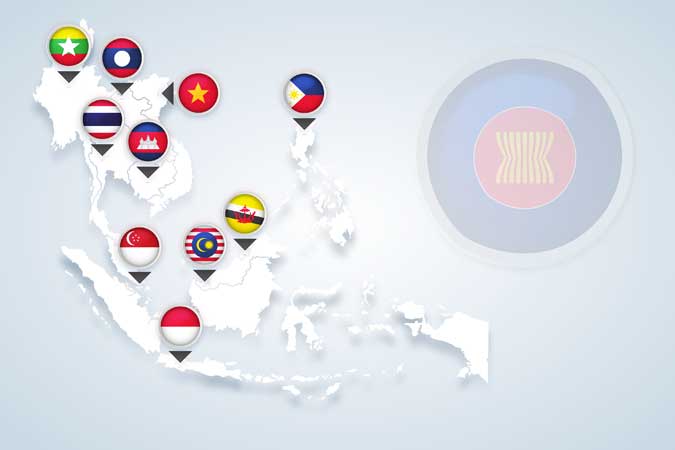How powerful is the Philippines when measured against other nations? How much influence do we wield in global affairs?
To answer these questions, we first have to define what constitutes “power.” For much of history, power was defined by territorial reach, size of population, national wealth, military might or a combination thereof.
These attributes are referred to by political scientists as “hard power.”
But globalization has changed the world order. With borderless trade, open migration and multilateral alliances as the new norm, the definition of power had shifted to something completely different. Power is now defined as the ability to control people and events, the ability to influence decisions, the ability to act towards producing a desired effect, the ability to convert mindsets and the ability to get others to do what you want, not through coercion but by persuasion. These attributes are known as “soft power” and it is the world’s new benchmark of supremacy.
Brand Finance is the world’s leading brand valuation company. Based in the United Kingdom Brand Finance assesses the soft power of countries according to a five-point criteria. These include: the popularity (or familiarity) with a nation; its level of positive reputation; its degree of influence in global affairs; the effectiveness of its anti-COVID-19 response (a criteria for 2020 only); and what it calls the “seven soft power pillars.” Let me break down what these seven pillars are.
Pillar 1 is Business and Trade. Taken into consideration are the vibrancy of a country’s economy, its business environment, volume of trade and investments, level of infrastructure development, number of global brands and prospects for future growth.
Pillar 2 is Governance. Evaluated are a nation’s adherence to the rule of law, its human rights record, its crime rate and internal security conditions.
Pillar 3 is International Relations. Assessed is the scope and depth of a country’s diplomatic relations, its participation in international organizations and alliances, its level of outward foreign aid, and climate change action.
Pillar 4 is Culture and Heritage. Appraised is a nation’s popularity in tourism, cuisine, sports, music, fine arts, film, and fashion.
Pillar 5 is Media and Communication. Weighed are a country’s visibility in traditional media, social media and advertising.
Pillar 6 is Education and Science. Approximated are the quality of higher education and technological proficiency of a country.
Pillar 7 is People and Values. Estimated are the perceived trustworthiness, character and values of its people.
For the Country Brand rank of 2021, 75,000 respondents originating from 102 countries were made to evaluate 105 countries in terms of the criteria mentioned above. The views of 778 experts from 47 countries were also taken into consideration. These include business leaders, journalists, academics, and politicians.
How did the Philippines measure up?
Over the past 10 years, the Philippines posted two highs in the global power rankings. In 2016, when we were deemed the 29th most powerful country in the world and in 2019 when we ranked 25th. Within ASEAN-6, we were the second most powerful in 2015 and 2019 trailing Indonesia, whose global rank was at 19th and 15th place, for both years respectively.
In 2015, the strength of the Philippines was largely derived from good governance and the vibrancy of business and trade. In 2019, it was derived from the vibrancy of business and trade, culture and heritage, and values of the people.
Things took a turn for the worst in 2020 and 2021. From our lofty perch, the Philippines plunged to being the 42nd most powerful country in 2020 due to the eroding quality of governance, corruption, our poor human rights record, worsening internal security, and weaker international relations. From second most powerful in ASEAN, we stumbled to being the 5th most powerful, only ahead of Vietnam.
Our global soft power rank further eroded in 2021, falling to 53rd place. Statistics show that this was largely due to the government’s relatively poor anti-COVID response and overall governance. As is fast becoming a recurring theme, we have become the least powerful country among ASEAN-6, overtaken by Vietnam which did exceptionally well in its anti-COVID response. Vietnam is presently considered the world’s 47th most powerful country.
Indonesia is no longer the most powerful country in ASEAN. Singapore has taken pole position with its global rank of 20. Thailand follows with a rank of 33, Malaysia at 39, and Indonesia at 45.
One bit of good news is that the Philippines has emerged as the 5th most preferred tourist destination in Asia following Singapore, Japan, Thailand, and South Korea. We are preferred over China, India, Indonesia, Vietnam and Malaysia.
As a Filipino, it is demoralizing to see our country lose its gravitas and influence for two consecutive years.
Making matters worse is that the slippage was significant at 17 places in 2020 and 11 places in 2021.
But alas, the fates of nations are determined by their leaders. Our diminishing power in the world is largely attributed to poor governance. The next administration cannot come soon enough. Hopefully, we can gain lost ground then.
Andrew J. Masigan is an economist
Twitter @aj_masigan

